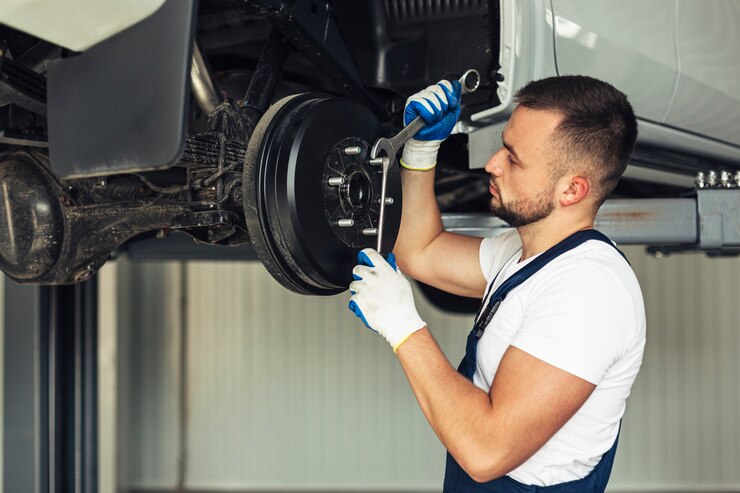Car Suspension: Understanding, Maintenance, and Upgrades
Your car’s suspension system plays a critical role in providing a smooth, comfortable ride and ensuring stability and control on the road. From absorbing bumps and vibrations to maintaining tire contact with the road surface, a well-maintained suspension is essential for safe and enjoyable driving. In this comprehensive guide, we’ll explore everything you need to know about car suspension, from understanding how it works to performing maintenance and even upgrading your suspension for improved performance.
Understanding How Car Suspension Works:
Car suspension systems consist of various components, including springs, shock absorbers (or struts), control arms, sway bars, and bushings. Together, these components work to absorb shocks from the road surface, support the weight of the vehicle, and control body roll during cornering and braking.
Types of Suspension Systems:
There are several types of suspension systems used in modern cars, including:
- Independent suspension: Each wheel is attached to the car’s body independently, allowing for a smoother ride and better handling.
- Dependent suspension: The movement of one wheel affects the movement of the other wheel on the same axle, commonly found in older cars and trucks.
- MacPherson strut suspension: A type of independent suspension that combines a shock absorber and coil spring into a single unit, commonly used in front-wheel-drive vehicles.
Common Suspension Problems and Symptoms: Like any other automotive system, car suspensions can develop issues over time that affect ride quality and handling. Here are some common suspension problems and their symptoms:
- Worn or damaged shocks or struts: Symptoms may include excessive bouncing, uneven tire wear, and a rough or bumpy ride.
- Broken or worn-out springs: Symptoms may include a sagging ride height, bottoming out over bumps, and clunking noises when driving over uneven surfaces.
- Faulty control arms or bushings: Symptoms may include steering wander, excessive tire wear, and knocking or rattling noises when driving.
Suspension Maintenance Tips: Regular maintenance is key to keeping your car’s suspension in top condition and ensuring optimal performance and longevity. Here are some essential suspension maintenance tips to keep in mind:
- Inspect the suspension components regularly for signs of wear or damage, such as leaks, cracks, or corrosion.
- Check the suspension alignment and tire balance periodically to ensure even tire wear and proper handling.
- Replace worn or damaged suspension components as needed to maintain ride quality and safety.
Upgrading Your Suspension: If you’re looking to improve your car’s handling, performance, or ride quality, upgrading your suspension can be a worthwhile investment. Whether you’re looking for stiffer springs, adjustable shocks, or upgraded sway bars, there are plenty of aftermarket suspension components available to suit your needs and preferences. However, it’s essential to research and choose upgrades that are compatible with your car’s make and model and suitable for your driving style and intended use.
A well-maintained suspension system is essential for safe, comfortable, and enjoyable driving. By understanding how your car’s suspension works, recognizing common suspension problems, and performing regular maintenance, you can ensure that your car rides smoothly and handles well for years to come. And if you’re looking to take your car’s performance to the next level, consider upgrading your suspension with aftermarket components designed to enhance handling and ride quality.


